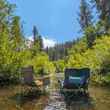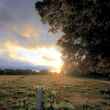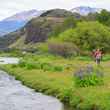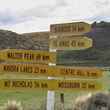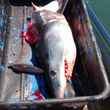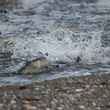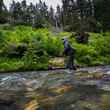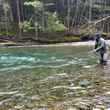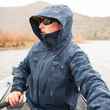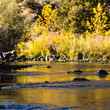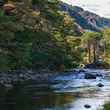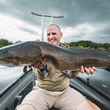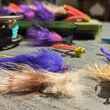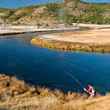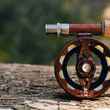As I noted last week in another post, I finally tried tenkara earlier this summer -- quite unexpectedly to fish for Alaskan salmon -- after years of interest. There's a satisfying simplicity and unparalleled portability to Tenkara, but perhaps its most notable feature is the removal of the cast as a possible focal point for the angler. With the cast out of the way, there's inherently a much more intent focus placed on the other, equally important, parts of the fly fishing equation such as fly selection, fly placement, angler behavior and approach, and so on.
Tenkara's roots are in Japan -- where Tenkara USA founder Daniel Galhardo first discovered tenkara in his travels there years ago -- has recently returned to Japan to reconnect with his tenkara teachers, share and innovate new rod designs, but most importantly to maintain Tenkara USA's connection to Japan. According to Daniel, maintaining that connection helps maintain a connection to the philosophy behind tenkara, which shows us how "to keep fly-fishing simple and how to maintain its effectiveness without relying so much on equipment."

